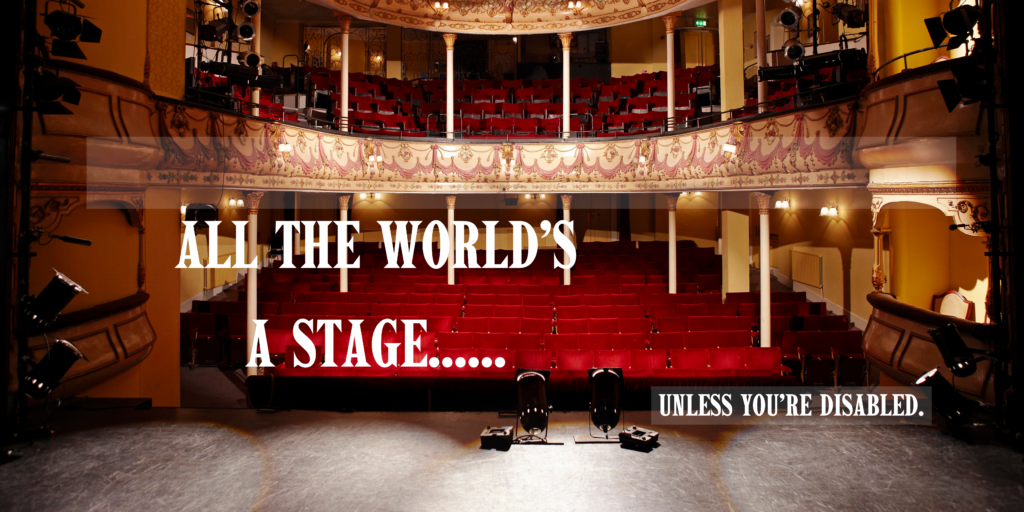
A blog post by guest author, Luthien
I am currently a student at York St John University, studying musical theatre in the hopes of going on to become a professional theatre performer once I graduate. However, I’m also both physically and mentally disabled, and I have encountered and observed many accessibility issues within the theatre and acting spaces that can exclude many disabled folk less able than myself. However, there is also in recent years an effort being made to make theatre more accessible for those who could not experience it before. In this blog I am going to discuss both the negatives and positives I have experienced and learned about in my time in the industry.



Auditioning
I have limited mobility and slower mental processing, which can make rehearsals quite hard, due to the work ethic of the theatre. If you’re not aware, it’s an extremely cutthroat industry, where you’re constantly pitted against other individuals and are compared to others who have had vastly different standards of training, and are also most likely able-bodied or neurotypical. There is no forgiveness for having a bad day – if you are unable to dance or attend an in-person audition, you will be cut before you can even show your skills. This is not to say exceptions aren’t made in the professional field, but in my experience of amateur and sixth form productions, there were no accommodations put in place, even with the dance coach claiming she had professional physiotherapy qualifications and assuring she would look out for me.
Getting cut during the auditions can be extremely disheartening, especially if you experience rejection sensitive dysphoria, but even for those who don’t, not being booked (i.e. not getting the job) can be soul crushing, almost seen as a failure, even though not even the regular job industry guarantees a position the first time you apply. This is how much pressure is placed on performers to do well.
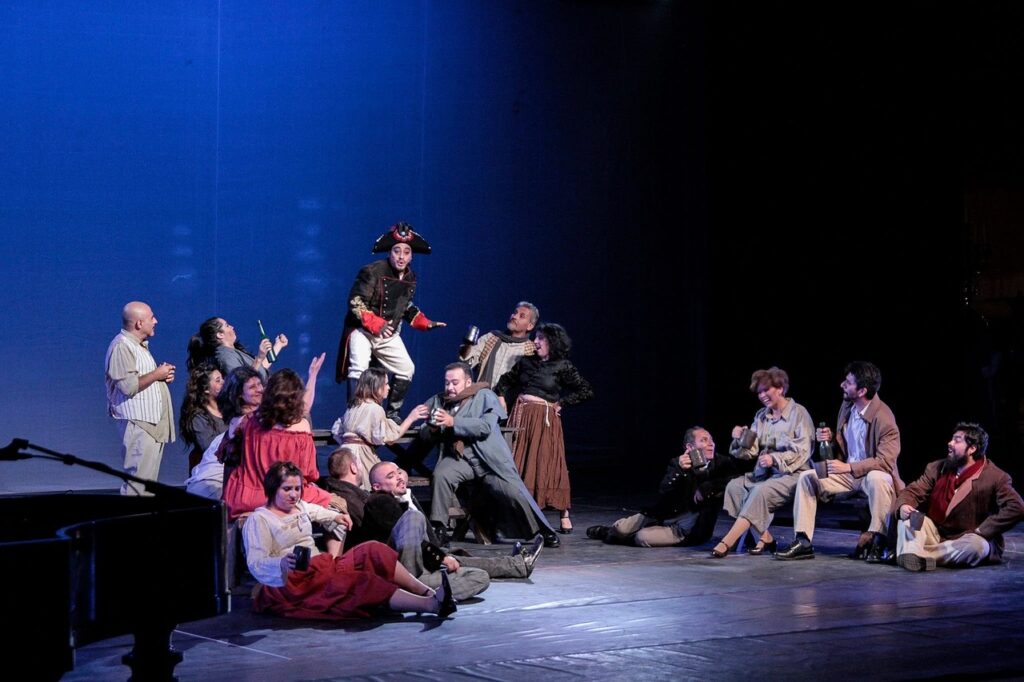
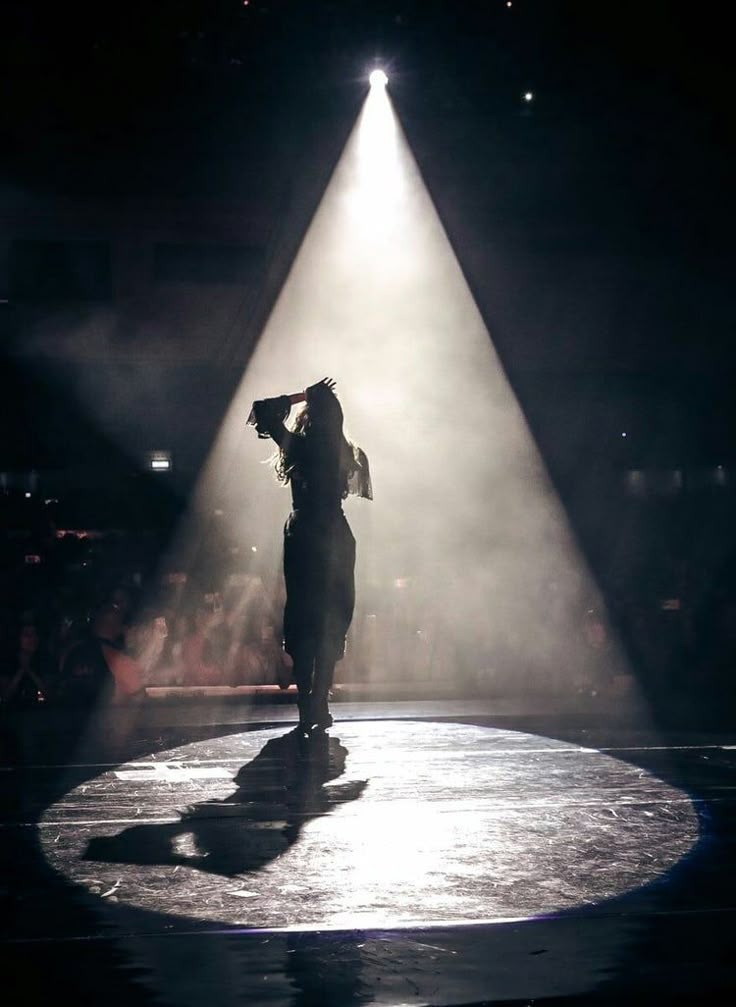
Performance Spaces
Asides from audition troubles, the backstage zones of theatres aren’t accessible at all, especially in older theatres. The stage can be impossible to enter – there’s either staircases into the building, or the dressing rooms are on a different floor to the stage with no lift available. And often there are steps to get up onto the stage. But let’s say, for instance, your stage looks rather like the one at my university – everything is on the same level and the stage access is easy – the wings are often cluttered with props, set, and other people, plus are pitch black, making it impossible to navigate easily.

In the backstage zones themselves, there are usually no disabled toilet or showering facilities, and dressing rooms aren’t equipped with grab rails or other assistive technology. It is clear to me that there has long been an assumption that disabled people aren’t going to perform on stage, so no thought has been taken to include them. And this is an issue as not every disabled performer is in a wheelchair! Again, using my own experience, I can generally manage most of these obstacles, but the lack of grab rails in changing areas makes costume changes extremely difficult, as I have no way of stabilising myself when changing shoes or trousers.
The final thing I would like to talk about in terms of performing is the costumes. Depending on what you’re doing, it isn’t a given that you would get a costume that is comfortable to wear. They can be bulky or made with uncomfortable materials. And due to the construction, they generally can’t be washed, especially if they’re more elaborate (I would like to state that they do have ways of sanitising costumes, but it still might be a concern to someone who is immunocompromised or has germaphobia / germophobic OCD).
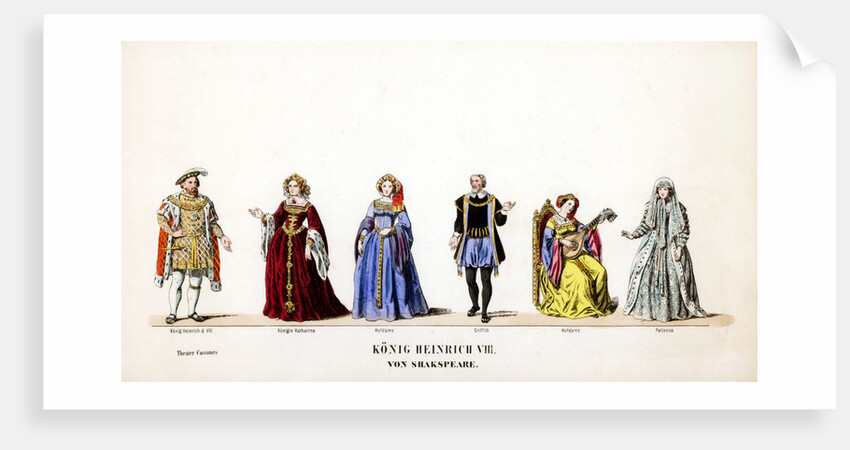
Rehearsals
I have noticed a good mix of things here, both positive and negative. Rehearsals themselves are usually heavily structured down to a T before the process even starts, and this is extremely helpful to those who need structure. However, it can also be difficult for people who learn at different paces as they may not have enough time to learn everything at the same standard as everyone else. Also, you have to attend rehearsals in person a majority of the time, and they involve repeating the same part over and over until they’re absolutely perfect.
Spaces can also be an issue. Sometimes older buildings have no lifts, or only stair access, some dance rooms have raised floors with steps to enter, or tilted floors (and sometimes even tilted stages). No grab rails or assistive technology are provided. And rehearsal materials are often also not accessible. It can be difficult to acquire alternate format scripts, if they even do them. Since scripts and sheet music is provided by the licensing companies, there’s a lot of strict rules you must follow to stay within the law. You aren’t allowed to photocopy, and some scripts cannot be marked, so it can be hard to make the scripts accessible if they do not already provide visually impaired or dyslexia friendly scripts. I’m not even sure if it’s possible to access audio versions. This is something I believe needs to be improved in theatre.
Attending Theatre
Finally, I get to talk about something more positive! Now it goes without saying that this doesn’t apply to every theatre, and we still have a long, long way to go, but we have already made so much progress with making attending the theatre more accessible. Now not every theatre has disabled access, especially since most are so old, but a lot have added stair lifts to the front so that wheelchair users can enter through the same entrance (ask any wheelchair user – this is huge!). The standard is that disabled bathrooms should be on every level a disabled user can reach (so, every level) but there must be at minimum one accessible to all wheelchair users. I do not have enough experience with this myself, but I should hope that each theatre has an easily accessible disabled bathroom. Some bathrooms in West End theatres have red cords all the way around the skirting of the room so you can access it no matter what position you may fall in, which is very smart.


– Errol Flynn
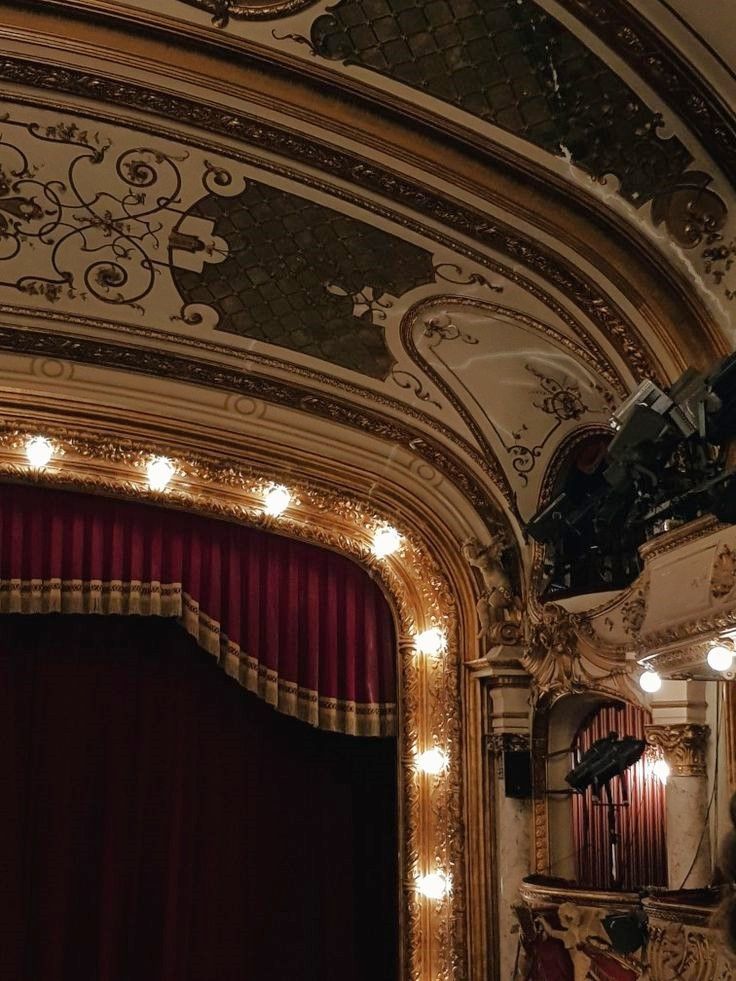
Captioned shows are starting to get more common too – I attended a show at Hull Truck Theatre in 2022 that was live captioned, and every show run will have at least one evening show that is captioned. Some shows are also including sign language in their pieces. I am the assistant director to an amateur production of Rocky Horror; I am desperately trying to involve sign language into the role of the Narrator to make the show more accessible.
To add to this, more and more theatres are doing blind tours and relaxed shows. These allow people to feel costumes to know what they look like, and relaxed shows introduce all the actors and characters, and keep the house lights on with very relaxed rules. Audience members are encouraged to stim and make noise as they need to so they can stay comfortable, and are also assured that the actors are acting, and that nothing they’re seeing is real, so that they don’t feel scared or distressed by what is happening.
Of course, there is still a long way to go before the theatre is fully accessible, but we have already done a lot in making theatre attendance easier. As a disabled performer, I’d love to see backstage spaces become more accessible in the next few years

Guest Author Biography
Luthien, 19
I was diagnosed with arthritis at age 17 and with depression just last year. I am also waiting an appointment for ADHD/Autism assessment (iykyk)
I have been doing theatre since I was very small – as my mother likes to remind me every time I doubt myself, my first ever role was the Little Red Hen in foundation stage (or an Angel in the nativity, but all I remember from that was falling off a table….)
Since then I have been partaking in all different types of theatre and music studies before finally settling on studying musical theatre at York St John university.
